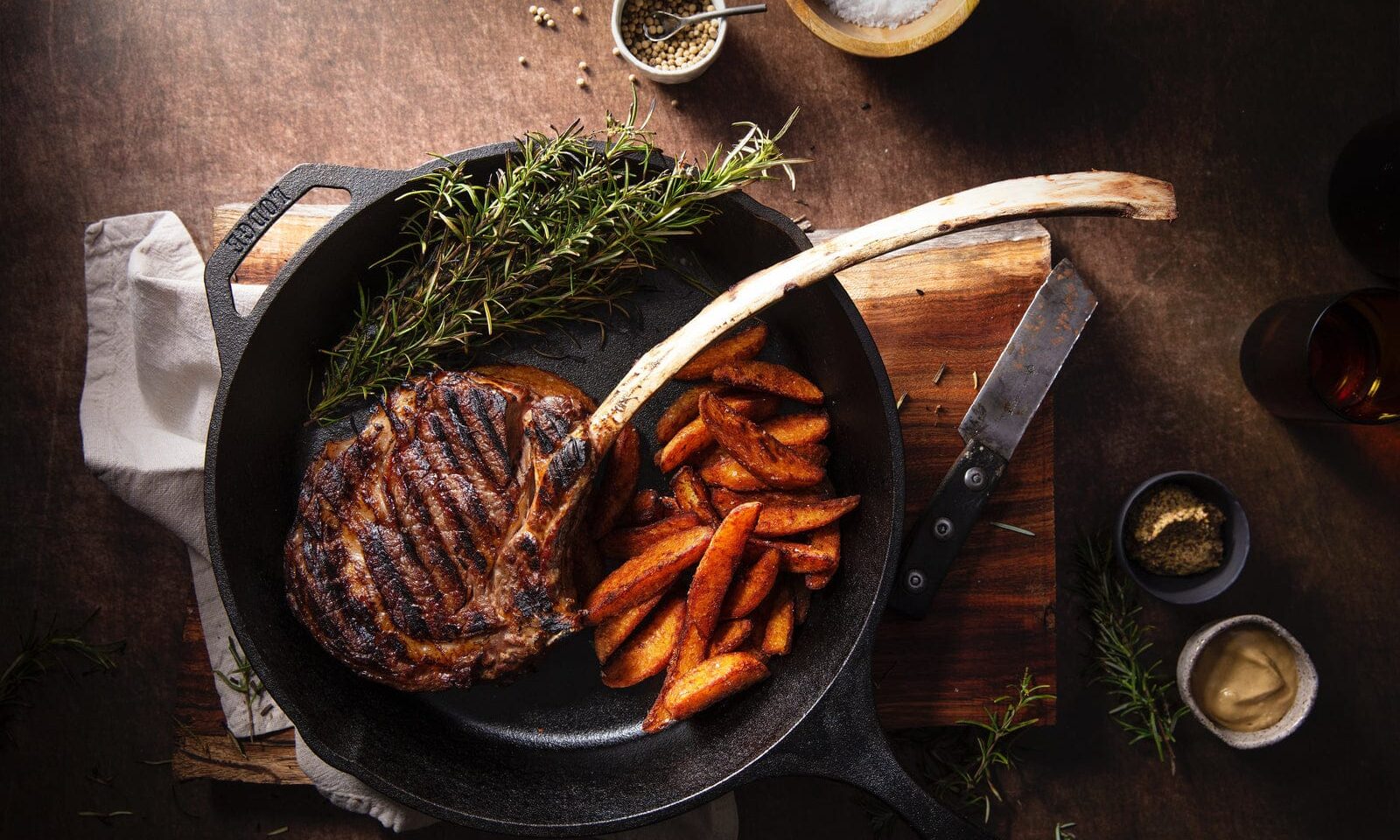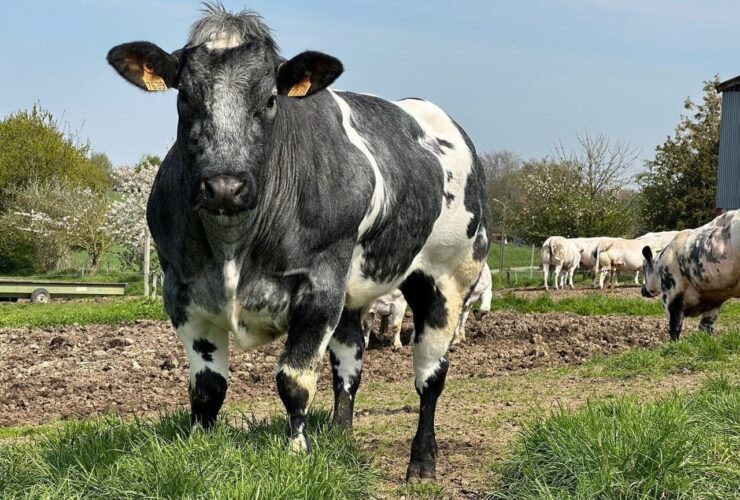The reverse sear method: a complete guide
When it comes to cooking a steak, you have different methods. However, it turns out that you can’t always reliably perfect a steak each time using some of those cooking techniques. Cooking steaks with the regular sear method is a common practice, but a method that experts swear by is reverse sear. You can prepare prefect steaks using this method that requires no secret initiation. The secret lies in the method itself.
Past few years have been all about reverse searing the steaks. Many professional kitchens have turned to it while chucking conventional practices to see a more consistent outcome. In fact, they get more demands for steaks cooked using this method. What makes reverse sear more popular is that you consistently get desirable quality while maintaining the same crust and juiciness, but with more control. Let’s discover more.

What is the reverse sear method?
As the name suggests, the method is just the reverse of a traditional sear. In this searing method, you cook steaks in the reverse, which means: instead of crusting the outside edges first and finishing it off with oven cooking, you do the cooking first and then go for searing. This way, you get a beautiful brown crust and the perfect texture with every attempt.

Cuts to cook with reverse searing
Primarily, thicker cuts that require more time to cook than others work well for reverse sear method. Thicker cuts such as ribeye and fillet mignon are cooked using this method to achieve proper inside temperature. Other thick steak options like strip steak, tomahawk steak, and T-bone steaks are also cooked using reverse sear method.
That being said, you can actually reverse sear just about any steak you enjoy. Even sirloin steak or a skirt steak can be cooked using this method. All you need to do is to stay more careful not to overcook the steaks in the beginning stage of cooking, when not using thick steaks. Moreover, you shouldn’t use unusually thinner steaks as they don’t work well.

Advantages of reverse sear cooking
One of the most prominent things or benefits about reserve searing is that it helps you cook a steak evenly from inside to the outside. If you don’t like seeing a lot of pink in the center, follow this method to get delightful and delectable results.
There’s another reason that makes reverse sear quite popular, and it’s the science behind it. Yes, cooking a perfect steak is a great combination of science and art. When you cook the steak for some time before searing, you let the surface moisture to evaporate from the steak. As you do so, you won’t have to battle moisture to get that perfect sear. The outcome will be the perfect juicy steak from inside and a beautiful crust outside.

Conclusion
Just reverse sear the steaks for the best crisp around. It’s easy to use even at home to prepare thicker steaks on a weekend. Check out the steaks you can order from OS Meatshop for reverse searing and delight your taste buds.
Wishing you the best steaks dinner!




